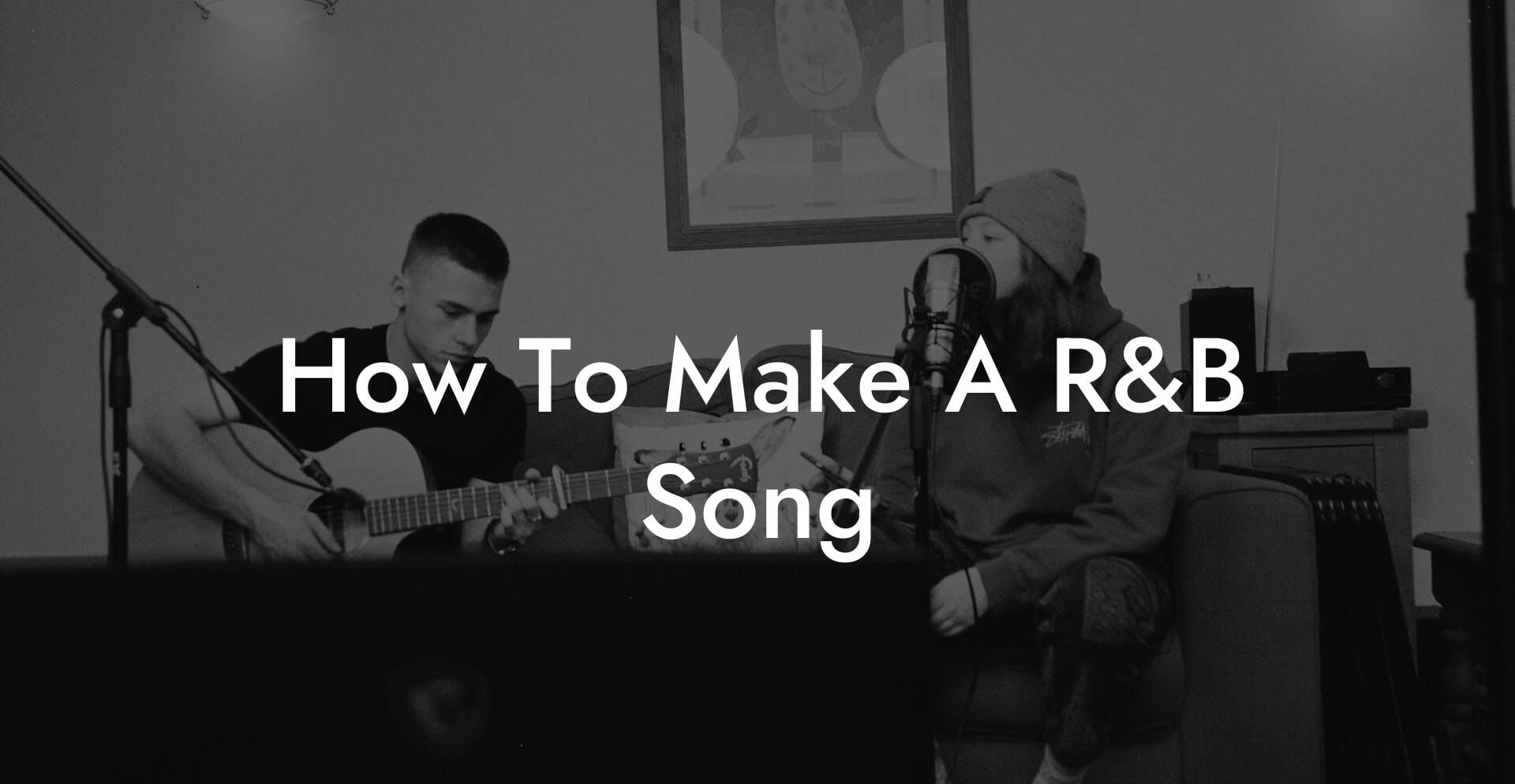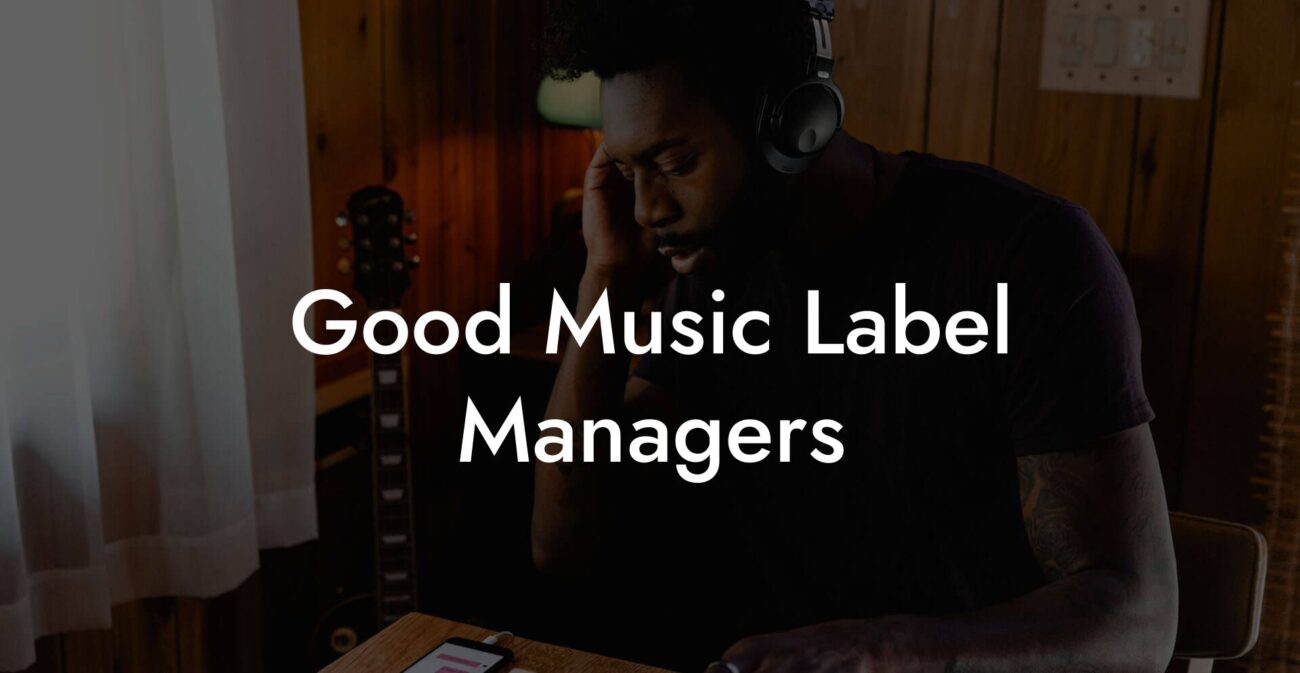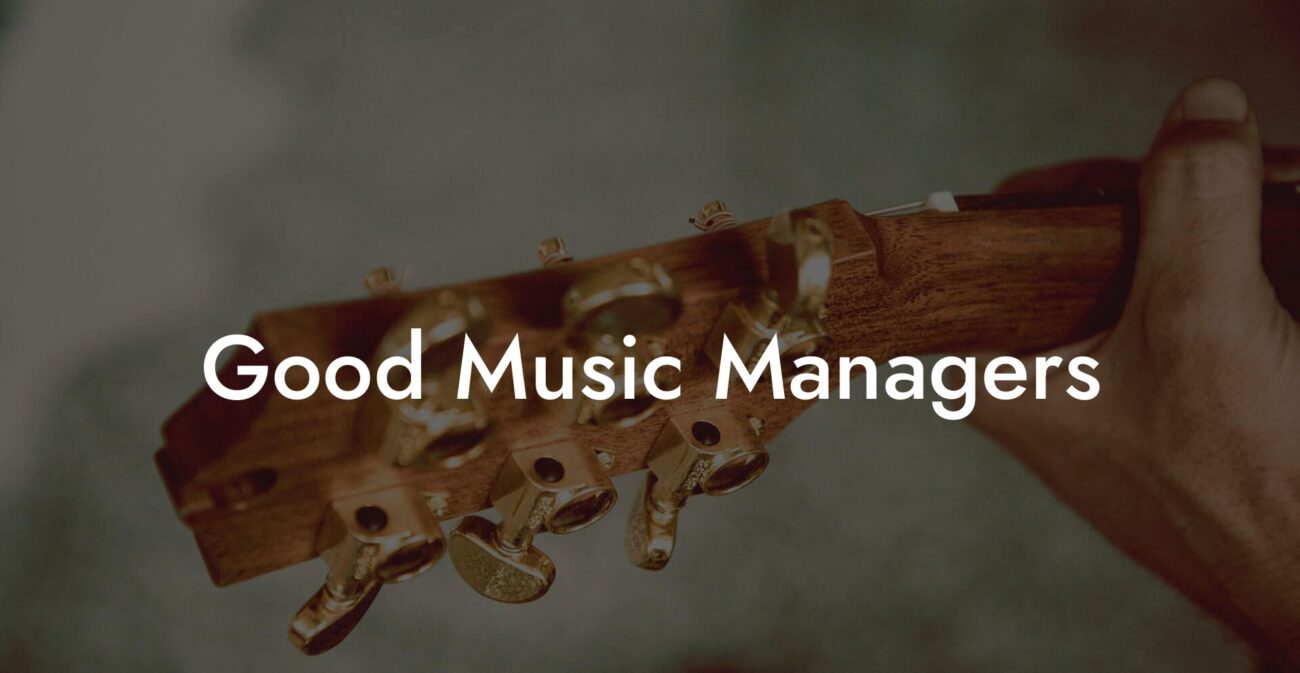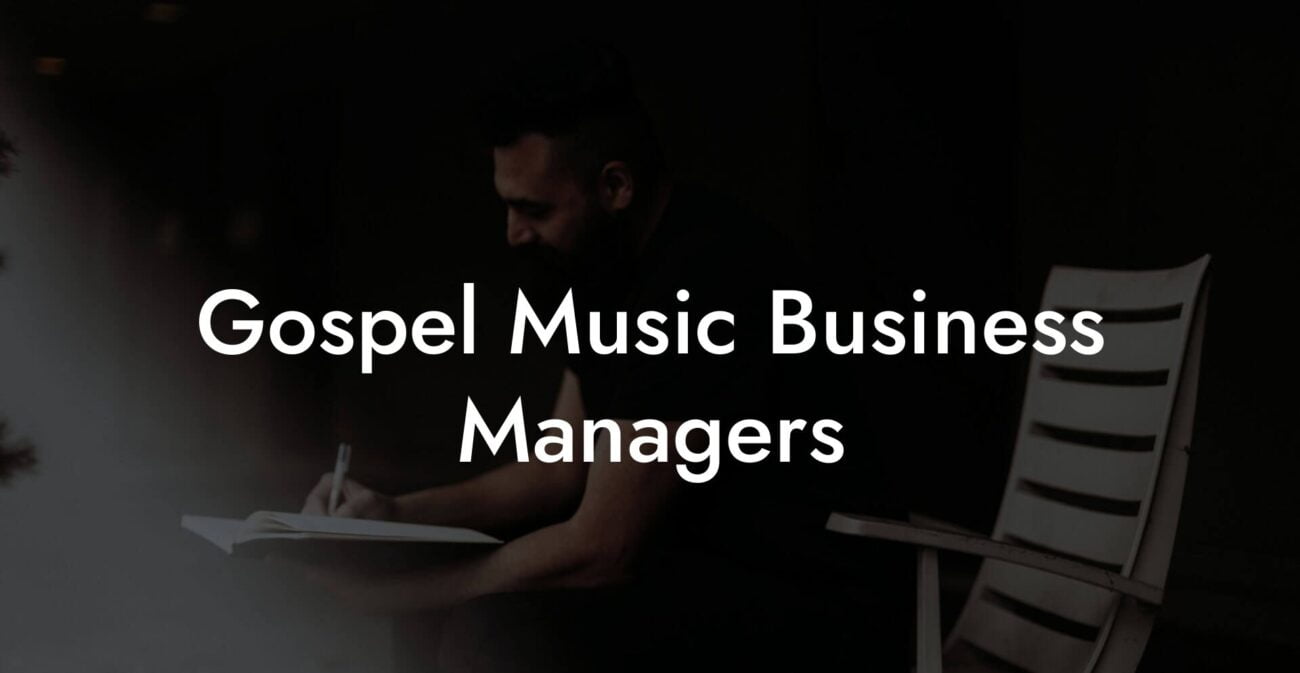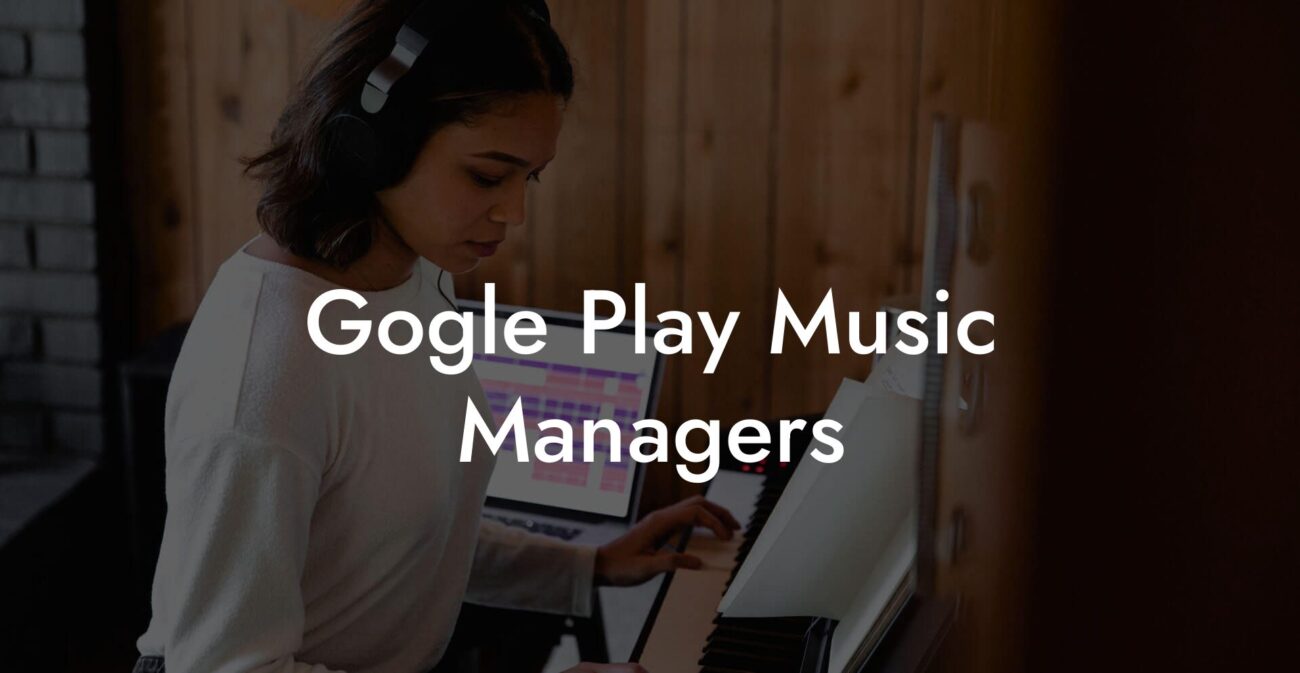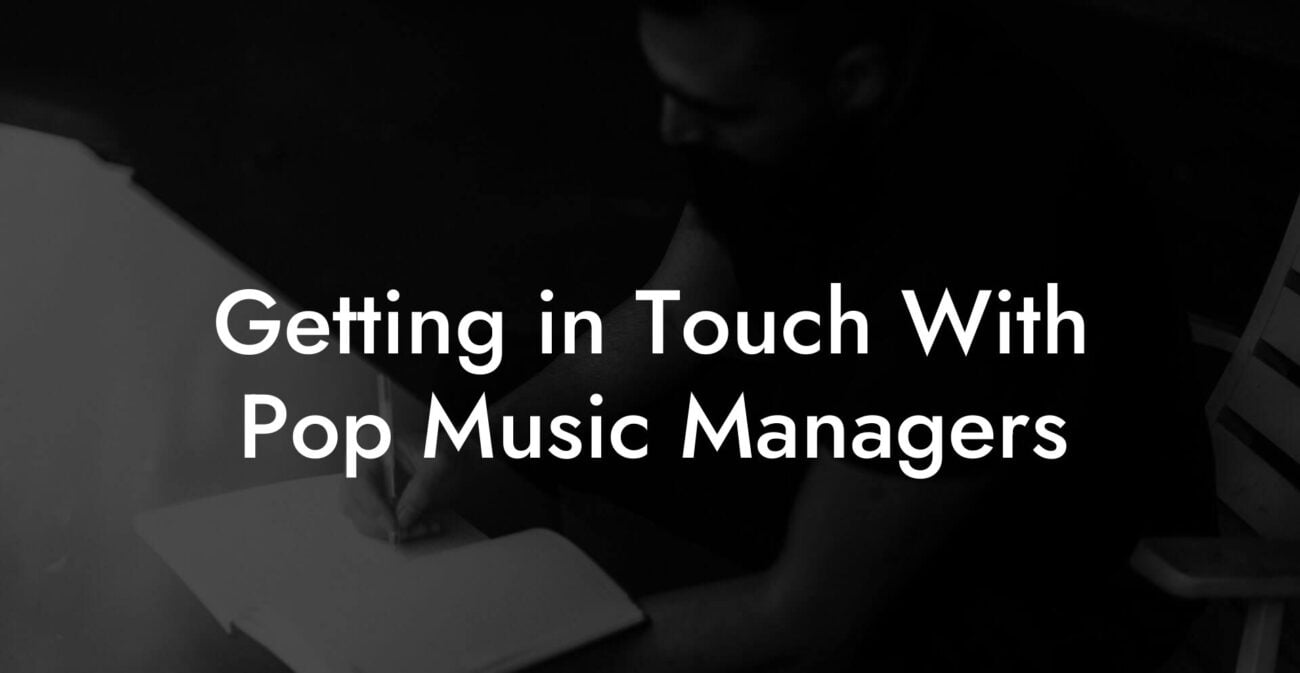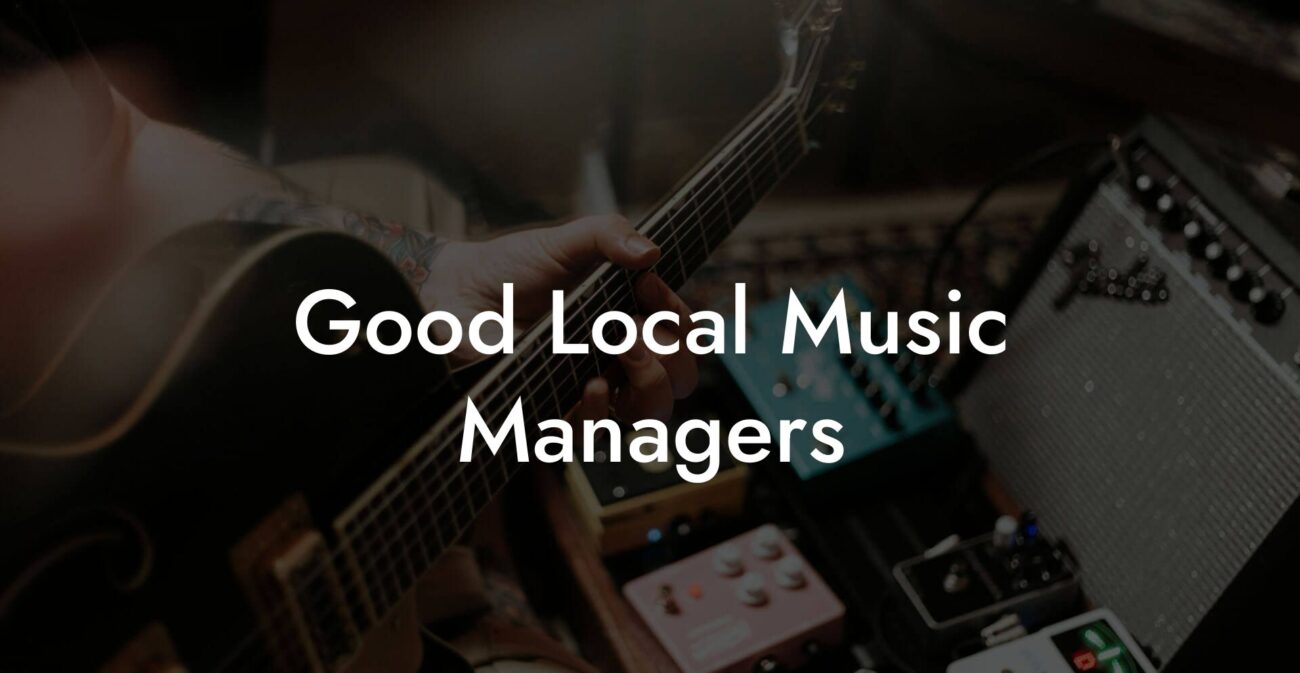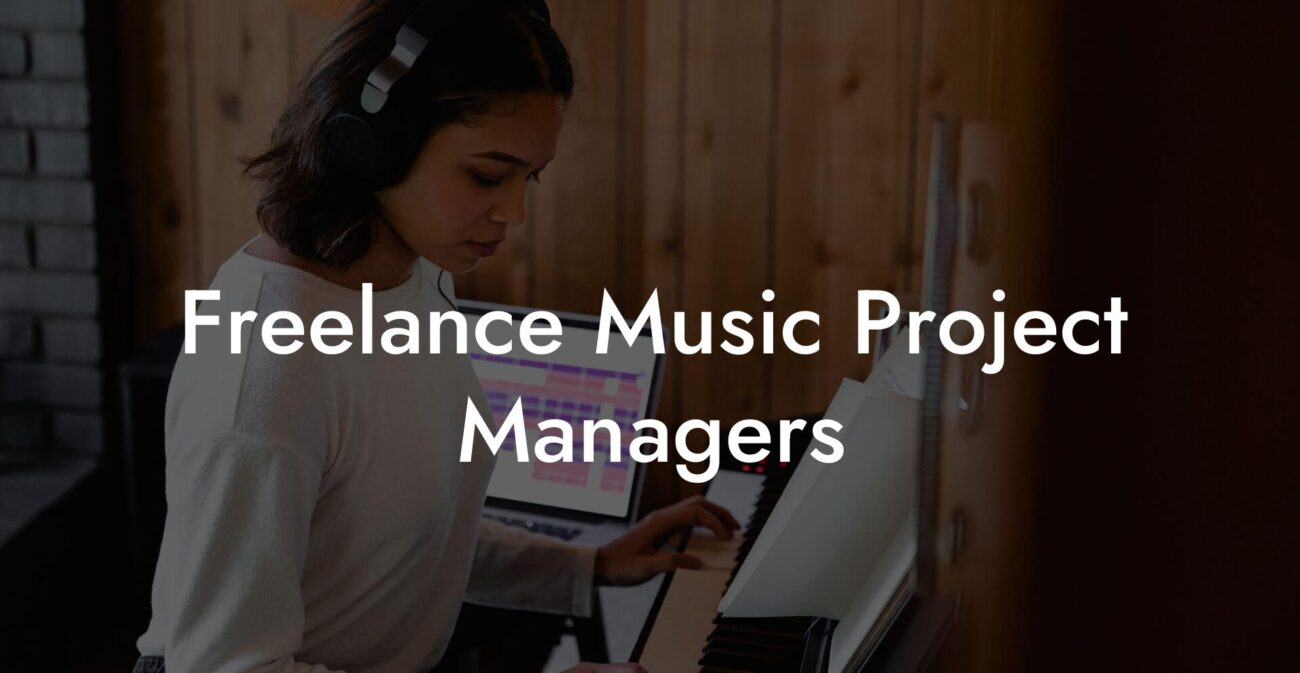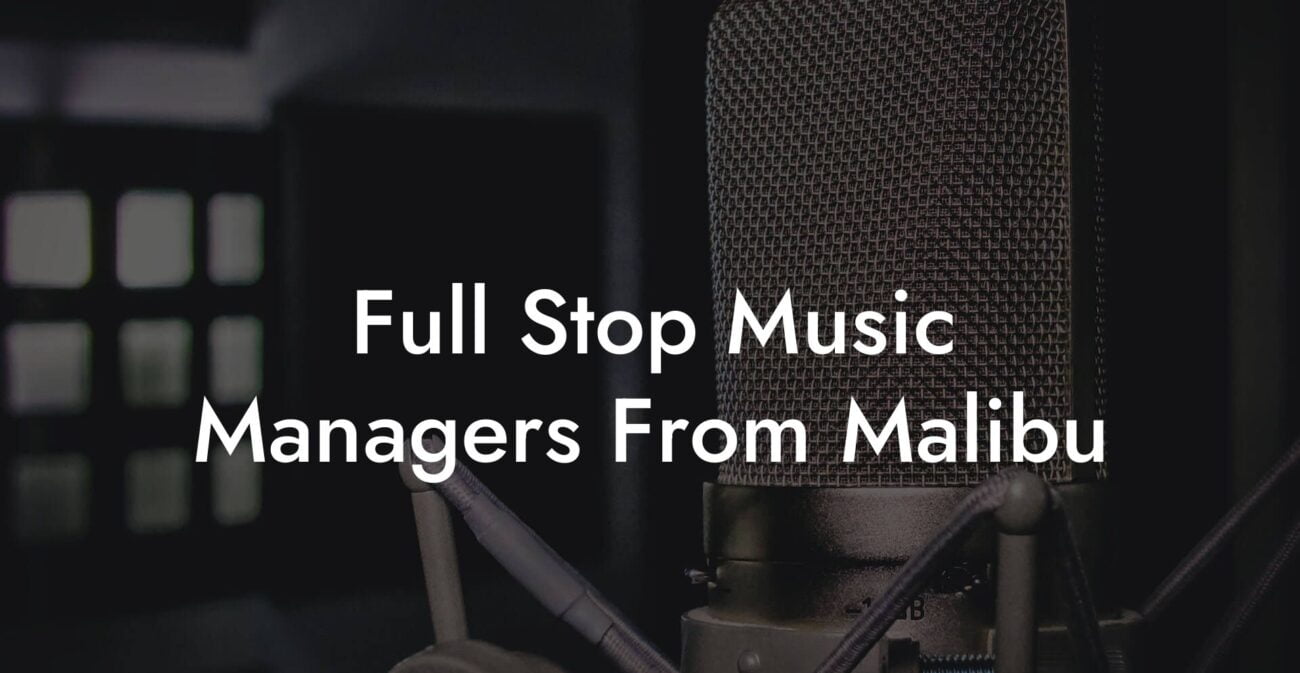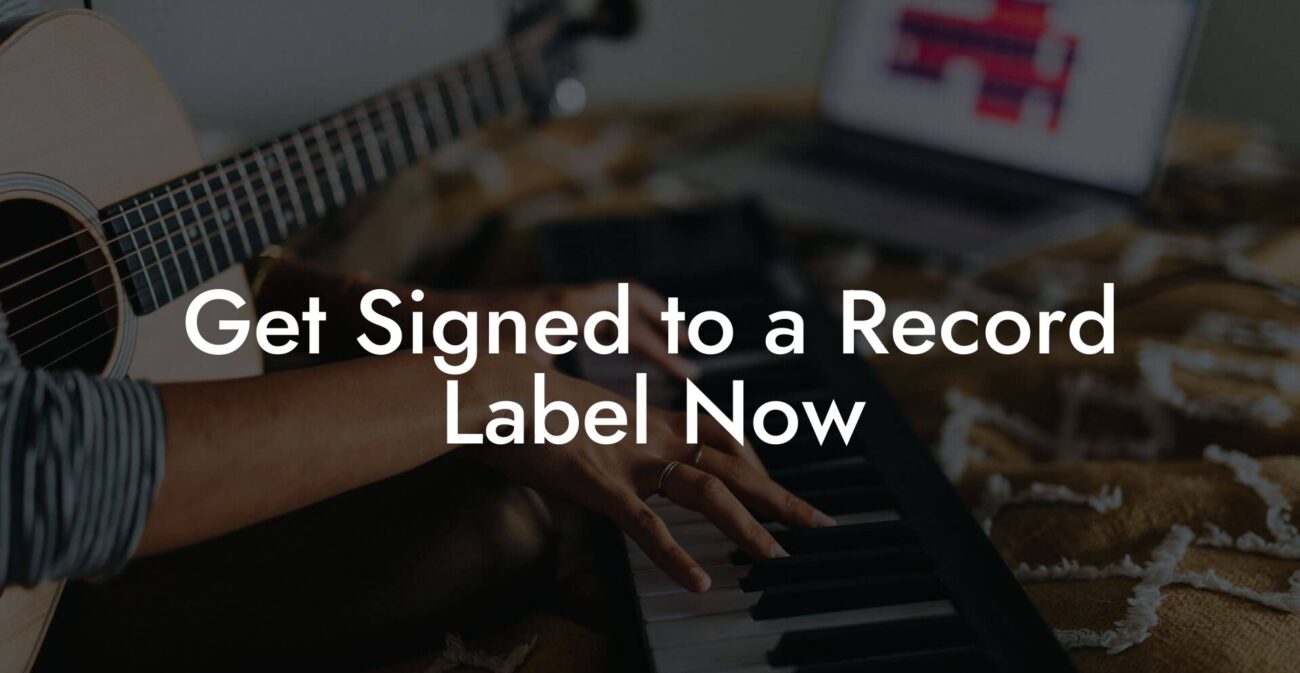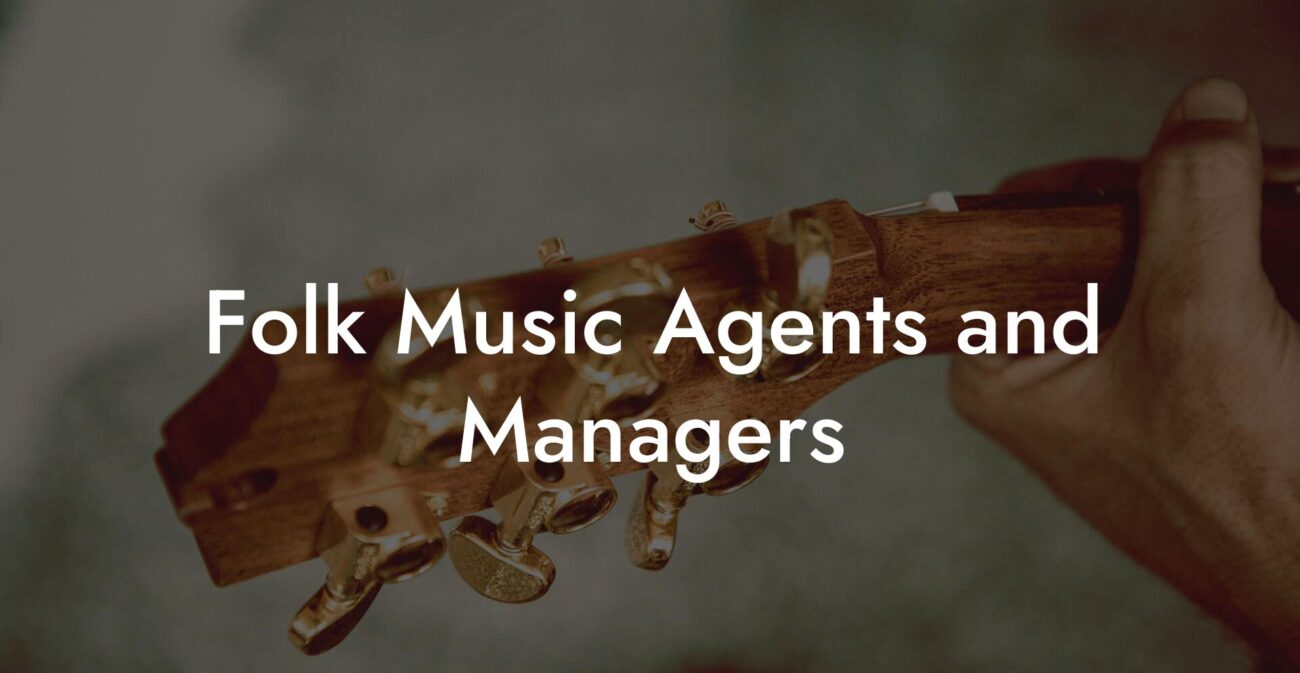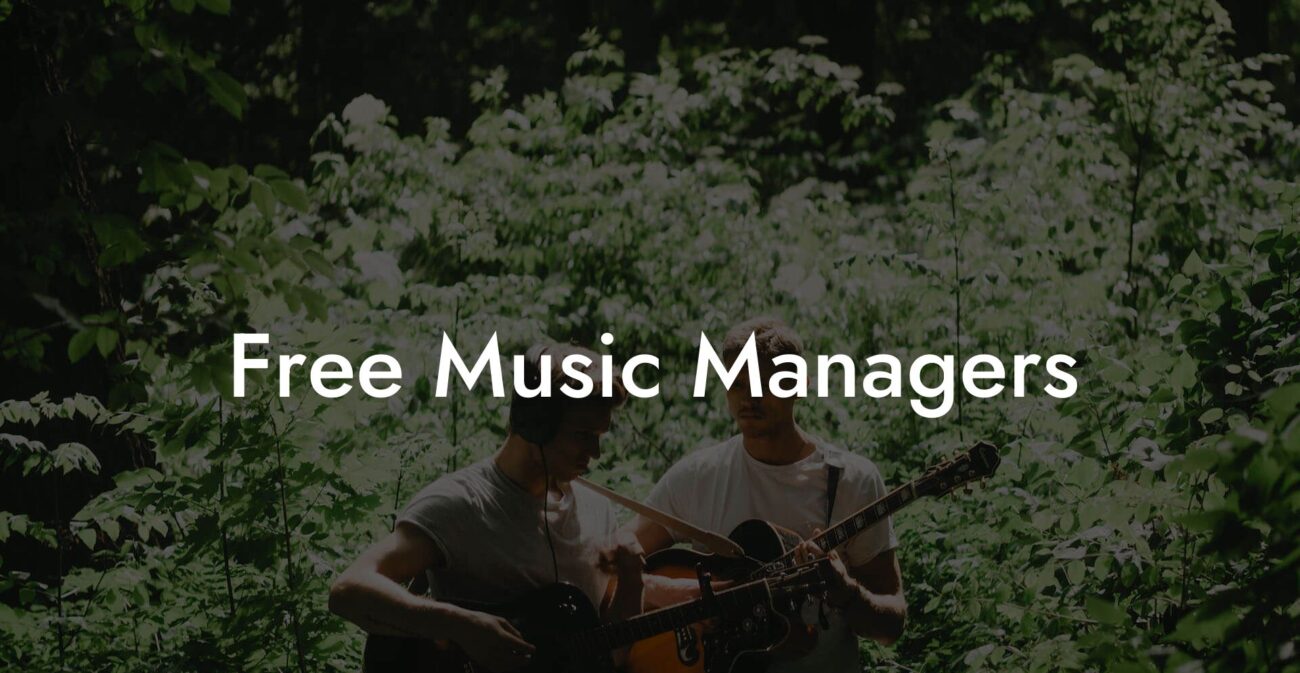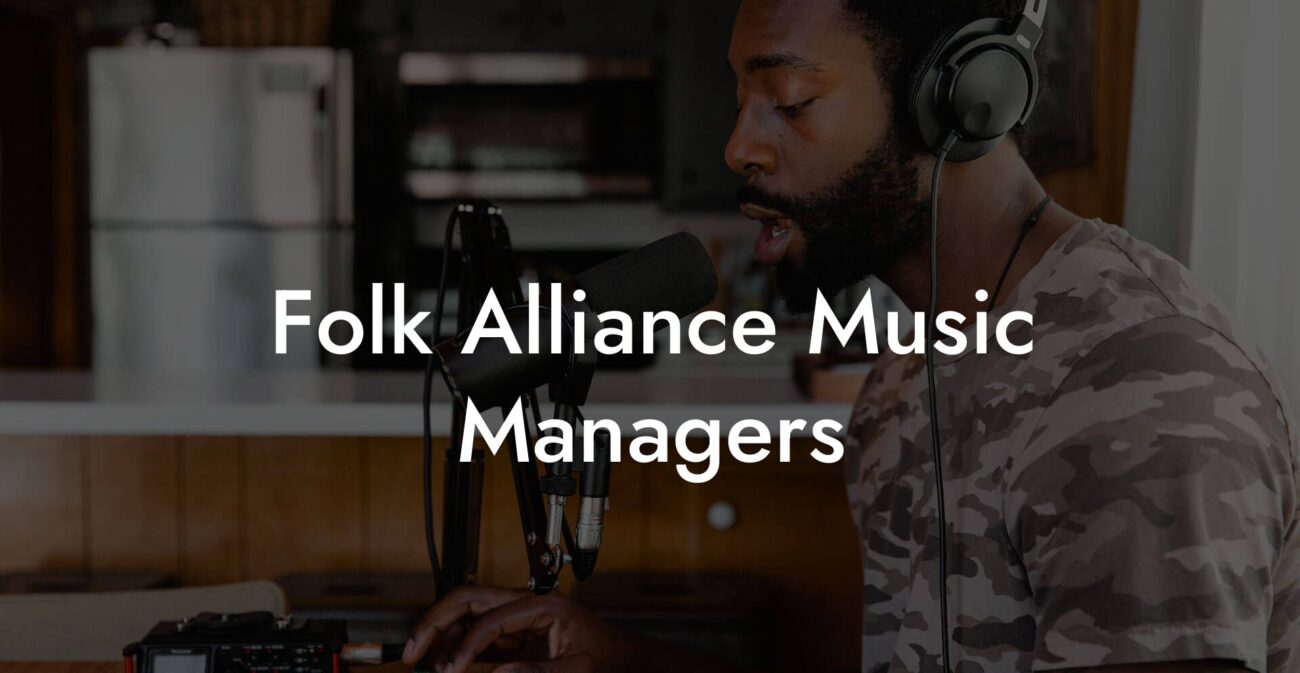Ever wondered how to take the smooth, soulful vibes of R&B and transform them into a hit song that resonates with millennials and Gen Z alike? Picture yourself in a dimly lit studio with a cup of your favorite iced coffee in hand, pen ready to scribble lyrics that speak to the soul, and that unmistakable groove pulsing in the background. Whether you’re a seasoned musician or just starting out on your songwriting journey, this guide will walk you through everything—from crafting emotionally charged lyrics to nailing the production techniques—that you need to know to make an R&B song that stands out. And if you’re looking for an extra boost in lyrics creation, Lyric Assistant is here to make writing your next chart-topper a breeze.
Looking to write your next song? Transform your creative ideas into songs that people will love, and skyrocket your music career with Lyric Assistant. The perfect songwriting assistant. Find out more →
Quick Links to Useful Sections
- The Essence of R&B: What Makes It So Timeless?
- Setting the Mood: Understanding the Musical Components of R&B
- Lyrics That Speak: Crafting Powerful Words for Your R&B Anthem
- Vocal Magic: Channeling Your Inner R&B Star
- From Beat to Bliss: Production Techniques for a Modern R&B Sound
- Integrating Technology: Tools and Apps to Enhance Your R&B Songwriting
- Resources and Community Support: Your Next Steps
- Personalizing Your R&B Masterpiece: From Inspiration to Hit Track
- Frequently Asked Questions: Making Your R&B Song Shine
- Your Journey to R&B Greatness Begins Now
The Essence of R&B: What Makes It So Timeless?
R&B—short for Rhythm and Blues—is more than just a genre; it’s a cultural movement, a feeling, and a storytelling tradition that spans generations. Born in the soulful heart of urban America, R&B weaves together raw emotion, intricate melodies, and a deep sense of rhythm that captures both joy and heartache. It’s the sound of midnight confessions and early morning recoveries, a genre that gives voice to the intricacies of love, loss, and life’s everyday struggles.
What sets R&B apart is its seamless blend of genre-bending influences. From the smooth, laid-back groove of classic soul to the modern twists of hip-hop and electronic music, R&B is perpetually evolving. It’s this ability to reinvent itself while preserving its emotional core that makes R&B music so compelling.
At its heart, R&B is all about feeling. It’s the kind of music that lets you sink into your thoughts while still urging you to get up and dance. Whether you’re vibing with a sultry ballad or a beat that makes you move, R&B has the power to encapsulate the full spectrum of human emotion.
This genre offers a playground for experimentation, where smooth vocals, intricate harmonies, and expressive lyrics come together to create something truly unique. By understanding its roots and appreciating its evolution, you’re well on your way to crafting a track that not only sounds great but also tells a powerful story.
Write Lyrics Like a Professional Songwriter
The ultimate songwriting tool that takes your creative vision to the next level! With just a few clicks, you can unleash your inner songwriter and craft a hit that's uniquely yours. Your song. You own it.
For modern songwriters, R&B provides the perfect canvas to express vulnerability, craft memorable melodies, and experiment with innovative production techniques. It’s a genre that welcomes the unconventional and encourages you to blend the old with the new.
Dive into the history, feel every beat, and let the rhythm guide you as you embark on your songwriting journey. In a world where musical trends come and go, R&B remains a constant on the airwaves—a genre that stands the test of time through its authenticity.
So, grab your notebook, open your mind, and get ready to learn how to create an R&B song that’s fresh, emotionally resonant, and true to your unique style.
By understanding what makes R&B tick, you can harness its timeless energy and infuse your music with passion and soul. Whether you’re pouring your heart out in a moody mid-tempo track or laying down a funky, upbeat number, the essence of R&B is all about authenticity and personal expression.
Remember, the beauty of R&B lies in its ability to connect on a deeply personal level. As you embark on this creative journey, let your experiences, your highs and lows, and your unique perspective shape the narrative of your song.
Embrace the imperfections, celebrate the nuances, and let your music be a reflection of the true you. The world of R&B is vast and inviting, and every note you play or every word you pen down adds another layer to its rich tapestry.
In the following sections, we’ll explore every element necessary to bring your R&B creation to life—from lyrical inspiration and vocal techniques to production magic and real-world examples. Get ready to take your first step into the soulful, dynamic world of R&B songwriting.
Setting the Mood: Understanding the Musical Components of R&B
Crafting a killer R&B song is like preparing the perfect latte: it all starts with the right blend of ingredients. The soulful bass lines, nuanced drum patterns, warm keyboards, and, of course, those silky vocals; each component contributes to the overall vibe that defines R&B. Let’s break down these essential elements.
First up is the groove. In R&B, the rhythm isn’t just a backdrop—it’s the foundation on which the entire song is built. Think of it as the heartbeat of your track, providing the pulse that drives the flow of your lyrics and melody. Whether you’re leaning towards a laid-back ballad or an upbeat jam, get that groove locked in.
Next, we have the chord progressions. R&B thrives on smooth, sometimes jazzy chord sequences that evoke a sense of longing, passion, or introspection. Experiment with unexpected chord changes and complex harmonies. Remember, the goal is to create a mood that immerses your listener in the story you’re telling.
The melody is the most memorable part of any R&B song. It’s what sticks in your head long after the track is over. Focus on creating a catchy, soulful hook that not only complements your lyrics but also reinforces the emotional core of the song. Whether it’s a soaring vocal line that reaches for the heavens or a subtle, understated riff, let your melody shine.
Layers and textures complete the musical experience. Think about adding atmospheric synths, subtle guitar embellishments, or even the occasional vocal harmony to give your track depth and dimension. These elements add flavor to your R&B mix and can elevate a simple song into an immersive musical journey.
Don’t forget the rhythm section comprising drums and bass. They provide the syncopated, often irresistible cadence that makes R&B so compelling. A tight, well-produced drum pattern combined with a deep, resonant bass line can transform your track from a mere melody into a soulful story that moves the listener both emotionally and physically.
The interplay between electronic elements and live instruments is another hallmark of contemporary R&B. With technological advances, producers can merge digital precision with organic sounds, creating tracks that are as innovative as they are timeless. Use your production software to experiment with unique soundscapes that set your song apart from the rest.
In the modern studio, digital tools allow you to layer effects, adjust frequencies, and add that signature reverb or delay that gives R&B its dreamy quality. Whether you’re tweaking the EQ to perfect a bass line or layering vocal harmonies, let your inner producer experiment and push creative boundaries.
The beauty of R&B production lies in its ability to be both polished and raw. Embrace imperfections, as they can often add character and authenticity. After all, perfection in soulful music sometimes feels a bit too sterile—aim for that human touch that resonates with listeners on a personal level.
As you delve into the production process, remember that each instrument and sound effect should serve the overall mood of the song. The goal is to create an immersive experience that draws the listener into your narrative, making every beat, every chord, and every vocal delivery count.
With the right mix of traditional elements and modern production techniques, you can create an R&B track that is both innovative and deeply rooted in the genre’s rich history. Get your digital audio workstation (DAW) up and running, and start experimenting with these key components to build a track that feels unmistakably R&B.
Lyrics That Speak: Crafting Powerful Words for Your R&B Anthem
In R&B, lyrics are not just words on a page—they’re the vessel of raw emotion, the stories that echo the highs and lows of life. The art of writing R&B lyrics lies in tapping into vulnerability, authenticity, and the nuanced experiences of love, heartbreak, and self-discovery. It’s about being real, sometimes even unapologetically so.
Start by brainstorming themes that resonate with you. Whether it’s the bittersweet sting of lost love, the euphoria of newfound passion, or the introspective journey of self-healing, your theme sets the foundation for your story. Let your experiences, personal reflections, and even the little moments of everyday life guide your writing process.
One handy tip—try using a digital tool like Lyric Assistant to spark your creative process. This tool can help you effortlessly generate lyric ideas, word combinations, and even entire verses that capture the emotion you’re aiming for. While it won’t write the entire song for you, it can certainly provide that initial push when the creative juices run low.
Think of each line as a brushstroke on a canvas. In R&B, subtlety and nuance are key. It’s less about grand declarations and more about the understated emotion that seeps through every syllable. Let your words be both poetic and personal, creating imagery that your listeners can see, feel, and relate to.
Experiment with metaphor and simile, drawing comparisons that add depth to your lyrics. Instead of saying “I miss you,” consider something like “Your absence echoes like a silent beat in the midst of a midnight rhythm.” Such imagery not only paints a vivid picture but also reflects the sophisticated lyricism that defines R&B.
Keep your verses and chorus connected by a consistent emotional theme. While your song might explore complex narratives or multiple perspectives, it should ultimately feel like a cohesive journey. The chorus, in particular, must be memorable—a lyrical hook that encapsulates the essence of your track and invites listeners to sing along.
Don’t shy away from repetition. In R&B, repeating certain lines or phrases can reinforce the emotional impact of the song. A well-placed refrain can become the heartbeat of your track, anchoring your listener’s experience every time the song plays.
Incorporate personal anecdotes and authentic experiences into your lyrics. Authenticity is what makes R&B resonate so deeply. Your audience craves a connection, and when your lyrics invite them into your inner world, they’ll feel like they’re part of the story.
As you write, read your lyrics out loud. This helps ensure that the words flow naturally with the beat and reflect the smooth, effortless quality of R&B. It’s all about finding that perfect balance between poetic expression and musical rhythm.
Lastly, be open to editing. Great songs often emerge through the process of rewriting and refining. Don’t be afraid to strip back a verse, rearrange a line, or completely rewrite a chorus until it feels just right. The beauty of creativity lies in iteration—each revision brings your song one step closer to its perfect form.
So, grab that notebook, channel your raw emotions, and let your words flow. Your lyrics have the power to transport listeners to a place where every beat, every pause, and every note tells a story. Let your R&B song be your personal canvas, painted with the colors of your deepest experiences.
Vocal Magic: Channeling Your Inner R&B Star
There’s something undeniably captivating about an R&B vocal performance. Think of it as the emotional heartbeat of your song, carrying the raw sentiment of your lyrics with every note. This is where the magic happens—a space where technical skill meets heartfelt expression.
R&B vocal styles are incredibly versatile. Some hits are built on smooth, velvety croons, while others showcase powerful, soul-stirring belting. The secret is to let your voice be an extension of your emotional state. Don’t be afraid to play with dynamics—whisper if you need to, belt out your chorus if that’s what the moment calls for.
Experiment with vocal runs, vibrato, and subtle inflections, as they add nuance and depth to your performance. These techniques can transform a simple melody into an experience that feels almost tangible—like a conversation with your listener. R&B is all about connection, and your vocal delivery is the bridge between your inner world and the hearts of your audience.
A great tip for emerging artists: record yourself while practicing and listen back critically. This not only helps you identify areas for improvement but also allows you to experiment with different styles until you find the one that feels most authentic. Your voice is your unique signature—let it evolve and shine.
Don’t forget the importance of breath support. Singing R&B often requires sustained notes with smooth transitions that rely on proper breathing techniques. Consider incorporating exercises like diaphragmatic breathing to enhance your control and stamina during those long, soulful phrases.
In the studio or a live performance, emotion should always be your guide. Whether you’re reliving a painful memory or celebrating newfound joy, let that energy transform your vocal delivery. Authenticity is the key to winning over your crowd—people connect with raw, genuine emotion more than perfectly polished notes.
It’s also advantageous to learn from the legends. Listen closely to artists who have shaped the R&B landscape—think of icons who effortlessly blend technique with raw emotion. Take a page from their playbook to inform your own style while still staying true to your unique voice.
Modern technology provides a plethora of tools to enhance your vocal recording sessions. From editing software that can smooth out imperfections to effects that create that classic reverb-filled R&B feel, use these tools to refine your sound without losing its natural character.
Remember, the best R&B vocal performances come from a place of vulnerability and authenticity. Don’t worry about sounding perfect—the beauty lies in your imperfections and the honest delivery of your story. Embrace your unique voice and let it become the centerpiece of your songwriting journey.
So, warm up those vocal cords, experiment with your sound, and channel the very essence of R&B in your performance. Your voice has the power to move hearts, inspire change, and create an unforgettable musical experience.
Every note, every melodic twist, should be a testament to your individuality. In the realm of R&B, your voice is not merely a tool—it’s the soulful storyteller that captivates and connects. Let your inner R&B star shine through each heartfelt performance.
From Beat to Bliss: Production Techniques for a Modern R&B Sound
Crafting an unforgettable R&B track is as much about production as it is about songwriting and vocals. In today’s digitally-driven music scene, production techniques can elevate your song from simply good to absolutely unforgettable. Whether you’re a bedroom producer or working with a professional studio, these tips will help you nail that modern R&B sound.
Begin with a strong rhythmic foundation. Start by programming or playing a drum pattern that captures a laid-back yet infectious groove. In R&B, subtle intricacies in the drum beats can add layers of emotion and groove, so take the time to experiment with different rhythms.
Next, focus on the bass. A deep, resonant bass line is the anchor of any R&B track, providing both warmth and punch. Whether you’re using a bass guitar or synthesizer, make sure your bass not only complements the drum pattern but also interacts dynamically with the rest of your arrangement.
Layering is key in production. Use atmospheric synth pads, smooth electric pianos, or even a delicate guitar riff to add texture to your song. These layers can create a lush, immersive backdrop that allows your vocals to soar while maintaining the intimate feel of the track.
Don’t underestimate the power of effects. Subtle reverb, delay, and modulation can give your track that spacious, dreamy quality synonymous with modern R&B. Experiment with these effects to enhance the mood without overdoing it—sometimes less is more.
Mixing is your final opportunity to polish your track. Balance the levels of each instrument so they complement one another while ensuring your vocals remain front and center. A well-mixed R&B song should feel cohesive, with every element working in harmony to provide an emotional impact.
Another important aspect is the breakdown and build-up sections. Use these dynamic shifts to create tension and release in your song. For example, a stripped-back verse can make the explosive chorus feel even more powerful, drawing the listener deeper into the emotional narrative.
Modern production techniques also allow you to incorporate live recordings and sampled sounds. Consider blending acapella vocal samples, ambient noises, or even vintage soul tracks to add authenticity and depth to your production. The fusion of contemporary and classic elements can result in a sound that feels both innovative and timeless.
Embrace the digital age by exploring the myriad of plugins and virtual instruments available today. From analog emulators to cutting-edge drum machines, these tools can transform your production process and open up endless creative possibilities.
Collaboration is another great way to refine your track. Whether you’re working with a producer friend or collaborating online, combining perspectives can lead to unexpected innovations. Sometimes, a fresh pair of ears can help you identify elements that elevate your production to the next level.
Remember, the production phase is where your ideas truly take shape. Treat it as both an art and a science—experiment relentlessly, fine-tune meticulously, and always keep the soulful essence of R&B in mind.
With these production techniques at your disposal, you’re well-equipped to turn your R&B vision into a polished, professional track that captivates listeners from the first beat to the final note.
Integrating Technology: Tools and Apps to Enhance Your R&B Songwriting
In today’s digital landscape, technology is a game-changer for musicians. Gone are the days when you needed a full studio setup to make a hit track. With powerful software, mobile apps, and online resources, the world of R&B songwriting is more accessible than ever.
One of the standout tools for lyric creation is Lyric Assistant. Designed to help you overcome writer’s block and streamline the creative process, this tool offers intuitive suggestions, rhyming pairs, and even theme-based prompts. It’s like having a songwriting partner available 24/7—ready to help spark inspiration whenever you need it.
Digital audio workstations (DAWs) such as Ableton Live, FL Studio, or Logic Pro X are indispensable for modern producers. These platforms offer everything from virtual instruments and samplers to advanced mixing and mastering tools that ensure your track sounds professional. If you’re new to these tools, plenty of online tutorials and courses can get you up to speed quickly.
Mobile apps have also carved out their own niche in the music creation scene. Apps for beat making, vocal recording, and even on-the-go editing allow you to capture those sudden bursts of inspiration anytime, anywhere. With just your smartphone, you can sketch out a melody or record a snippet of lyrics, keeping your creative flow uninterrupted.
Cloud-based collaboration platforms further expand your creative possibilities. Connect with producers, vocalists, and fellow songwriters from around the globe, sharing projects in real time. This collaborative spirit not only brings fresh ideas into your work but also fosters a community of like-minded creatives passionate about R&B.
Additionally, consider exploring sample libraries and plugin bundles tailored for R&B production. These tools offer high-quality sounds that capture the authentic vibe of the genre, from smooth bass lines to atmospheric pads. Incorporating these samples can add a professional sheen to your track, saving you time in the production process.
Technology also empowers you with data—yes, data! Analyze listener feedback, track streaming metrics, and even experiment with A/B testing to see which parts of your song resonate most with your audience. These insights can be invaluable as you fine-tune your sound and shape your next hit.
Embracing technology doesn’t mean sacrificing creativity—it means enhancing it. With the tools available at your fingertips, you can focus on what truly matters: crafting a song that tells a story and evokes emotion.
Whether you’re layering a catchy hook with a digital piano or remixing raw vocal recordings, tech-driven tools are here to accelerate your creative process and bring your R&B masterpiece to life. So, dive into the digital realm, experiment boldly, and let the latest apps and software guide your evolution as a modern songwriter.
With a healthy blend of technology and timeless R&B soul, you’re set to create tracks that not only sound current but also resonate deeply with your listeners. From concept to production, let each tool you use add another layer of magic to your musical journey.
Resources and Community Support: Your Next Steps
In the competitive world of music, no artist truly succeeds alone. As you embark on your journey to create an unforgettable R&B song, tapping into the wealth of resources and community support available can be a total game-changer.
Start by exploring online forums, social media groups, and local meetups dedicated to songwriting and R&B production. Platforms like Reddit, Discord, and Facebook host vibrant communities where aspiring and established musicians share insights, provide feedback, and offer collaboration opportunities.
Look into online courses and tutorials. Whether you need to brush up on vocal techniques, delve into production basics, or learn advanced songwriting strategies, websites like YouTube, Skillshare, and Coursera have countless resources. Not only do these platforms help hone your craft, but they also connect you with instructors and peers who can add that extra spark to your journey.
Don’t underestimate the value of music production software webinars and virtual masterclasses. Many industry professionals now offer sessions covering everything from mixing secrets to innovative lyric writing. These opportunities not only boost your technical skills but also give you a peek into the minds of successful R&B artists.
For hands-on support, consider joining songwriting workshops or local music groups. Collaborating with others can challenge your creative boundaries, offer fresh perspectives, and perhaps even lead to new musical partnerships. Whether you’re meeting fellow artists in your hometown or connecting online, engaging with a community that shares your passion can unlock new ideas and inspire you to push your creative limits.
And if you ever run into a creative impasse, remember Lyric Assistant is just a click away to help reignite your spark. This handy tool is designed to assist with lyric crafting, ensuring that you never run out of inspiration when you need it most.
Finally, keep an eye on music blogs, industry news, and platforms like Spotify and SoundCloud. They’re not only great for discovering current trends but also for understanding the evolving sound of R&B. Embrace every opportunity to learn and grow—each interaction and resource will contribute to your journey as an artist.
Connecting with established artists and mentors can also open doors. Attend virtual concerts, join Q&A sessions, and participate in live-streamed events where you can ask questions and glean insider tips. Remember, your journey as an R&B songwriter is as community-driven as it is individual—support, collaboration, and shared passion are your secret weapons.
So, take that leap, get involved, and let the collective energy of the music community propel you toward creating an R&B song that doesn’t just play—it resonates. Your next steps might just be the start of a musical revolution.
Every resource you tap into and every conversation you engage in enriches your creative arsenal. Embrace the community, and watch as your R&B craft evolves into something truly magical and groundbreaking.
Personalizing Your R&B Masterpiece: From Inspiration to Hit Track
The journey from the spark of inspiration to a fully produced R&B hit requires passion, persistence, and a willingness to experiment. Every detail, from the initial beat to the final mix, represents your personal creative signature. At this stage, it’s about fine-tuning every element until your song not only sounds amazing but feels like an authentic extension of your soul.
Begin by reviewing your lyrics, vocal recordings, and instrumental arrangements. Does your song tell the story you intended? Is each element, from the groove to the melody, aligned with the emotional journey you’re trying to convey? If something feels off, don’t hesitate to go back, make adjustments, and refine your vision.
A brilliant R&B track balances the art of vulnerability with technical excellence. This is your moment to experiment with vocal layering—perhaps record harmonies or ad-libs to enrich the chorus. Let your creativity guide you as you blend soulful vocals with smooth instrumentation, ensuring every part complements the other seamlessly.
Production is also a key arena for personalization. Revisit your mixing sessions with fresh ears. Play with panning, equalization, and compression settings until the sonic space truly reflects your intended vibe. Embrace those little imperfections that add character and let your song breathe with organic life.
Engage trusted collaborators for honest feedback. Sometimes an external perspective can reveal nuances you might have missed. Whether it’s a fellow musician, a producer friend, or someone from your songwriting community, their insights can be invaluable for final tweaks that bring your track to perfection.
As you polish your song, think about the story behind it. How does the narrative evolve from start to finish? Does it evoke the smooth melancholy of a rainy night or the upbeat celebration of newfound love? Let these questions guide any final revisions to both lyrics and production.
Now, imagine your song playing on streaming platforms or as the soundtrack to someone’s deeply personal moment. That vision is what drives you to perfect each beat and every lyric. Trust your instincts—each time you revisit your work, you peel back layers until the truth of your music shines through.
Digital tools like Lyric Assistant and modern DAWs have made it easier than ever to experiment and revise until you hit the sweet spot. Utilize these resources to overcome any creative roadblocks and keep the momentum flowing.
With persistence, passion, and plenty of creative exploration, your rough ideas will ultimately crystallize into a polished R&B masterpiece. The journey from inspiration to hit track isn’t linear—it’s a winding path filled with experimentation, learning, and rediscovery.
So, embrace the challenge, trust the process, and let your unique voice be heard. Your R&B anthem is a testament to your journey, your growth, and your undeniable talent. The world is ready for your story—now it’s time to make it unforgettable.
Every rework, every additional vocal layer, every tweak in the mix is a step toward a masterpiece that resonates with all who listen. Keep pushing forward, stay inspired, and let your music be the catalyst for change, connection, and soulful expression.
Frequently Asked Questions: Making Your R&B Song Shine
Below are some frequently asked questions from fellow songwriters and producers, designed to help you navigate your R&B songwriting journey with greater ease and confidence.
1. What is the most important element in creating an R&B song?
While every component matters, the heart of an R&B song lies in its authenticity. Whether it’s the soulful vocals, meaningful lyrics, or captivating production, letting your real emotions drive your music is the key.
2. How do I overcome writer’s block when writing R&B lyrics?
Experiment with creative prompts, personal storytelling, and even tools like Lyric Assistant, which can spark new ideas when you’re feeling stuck.
3. What production techniques are essential for a modern R&B sound?
A deep bass line, smooth drum patterns, rich layers, tasteful use of effects (such as reverb and delay), and a clean mix that makes your vocals shine are all crucial for a modern R&B production.
4. Can I blend traditional instruments with digital production techniques?
Absolutely. Many top R&B tracks blend organic sounds like live bass or electric pianos with digital synths and samples to create a fresh yet classic feel.
5. How important are collaborations in the songwriting process?
Collaborations can be incredibly beneficial. Working with other musicians, producers, or vocalists can introduce fresh ideas and help you see your song from new perspectives.
6. What resources are available for improving my R&B songwriting skills?
Online platforms like YouTube, Skillshare, and music forums offer tutorials on everything from lyrical writing and vocal techniques to advanced production tips. Engaging with a community of creators also enriches your creative journey.
7. How can I ensure my track stands out in the crowded R&B genre?
Focus on telling a unique story and pouring your authentic self into every aspect of the song—lyrics, vocals, and production. Innovation balanced with genuine emotion is what captivates listeners.
8. Is it necessary to use professional software or tools?
While professional tools can enhance your workflow, many high-quality free and affordable apps are available today. With creativity and perseverance, you can produce a great track regardless of your budget.
Your Journey to R&B Greatness Begins Now
Crafting an R&B song is more than just assembling notes and words—it’s a journey of self-expression, creativity, and authenticity. Embrace every twist and turn on this path, knowing that each beat, each lyric, and each vocal run is a testament to your unique artistic voice.
The road to R&B greatness is paved with passion, experimentation, and a willingness to push creative boundaries. Take what you’ve learned, mix it with your personal experiences, and craft a song that resonates not only with you but with every listener who craves a little extra soul in their life.
Every moment in the studio is an opportunity to explore, innovate, and connect with your audience through the universal language of music. With powerful tools like Lyric Assistant by your side, the creative process becomes not just easier, but also a lot more fun—helping you to transform your raw ideas into a polished R&B anthem.
Remember, the journey of songwriting is never really complete—it evolves with every new experience, every collaboration, and every beat that resonates with your spirit. So, keep experimenting, keep dreaming, and let the soulful vibes of R&B empower you to tell your story in the most authentic way possible.
Now, take a deep breath, hit that record button, and let your musical journey begin. The stage is yours—create, inspire, and join the ranks of those who’ve forever changed the face of R&B.
Your journey to R&B greatness starts with one bold step. Embrace the soulful rhythms, let the lyrics flow, and make every beat count. The next chapter of your musical story is waiting to be written—so why not write it in R&B?
Dive in, experiment boldly, and above all, remain unapologetically true to yourself. Whether it’s late-night writing sessions or spontaneous jam sessions with friends, every moment serves as a building block in your masterpiece. Now go out there and show the world what you’ve got!
Your music is your legacy—let each song be a beacon of your passion, creativity, and individuality. Embrace the R&B spirit and let your art shine.
Write Lyrics Like a Professional Songwriter
The ultimate songwriting tool that takes your creative vision to the next level! With just a few clicks, you can unleash your inner songwriter and craft a hit that's uniquely yours. Your song. You own it.

